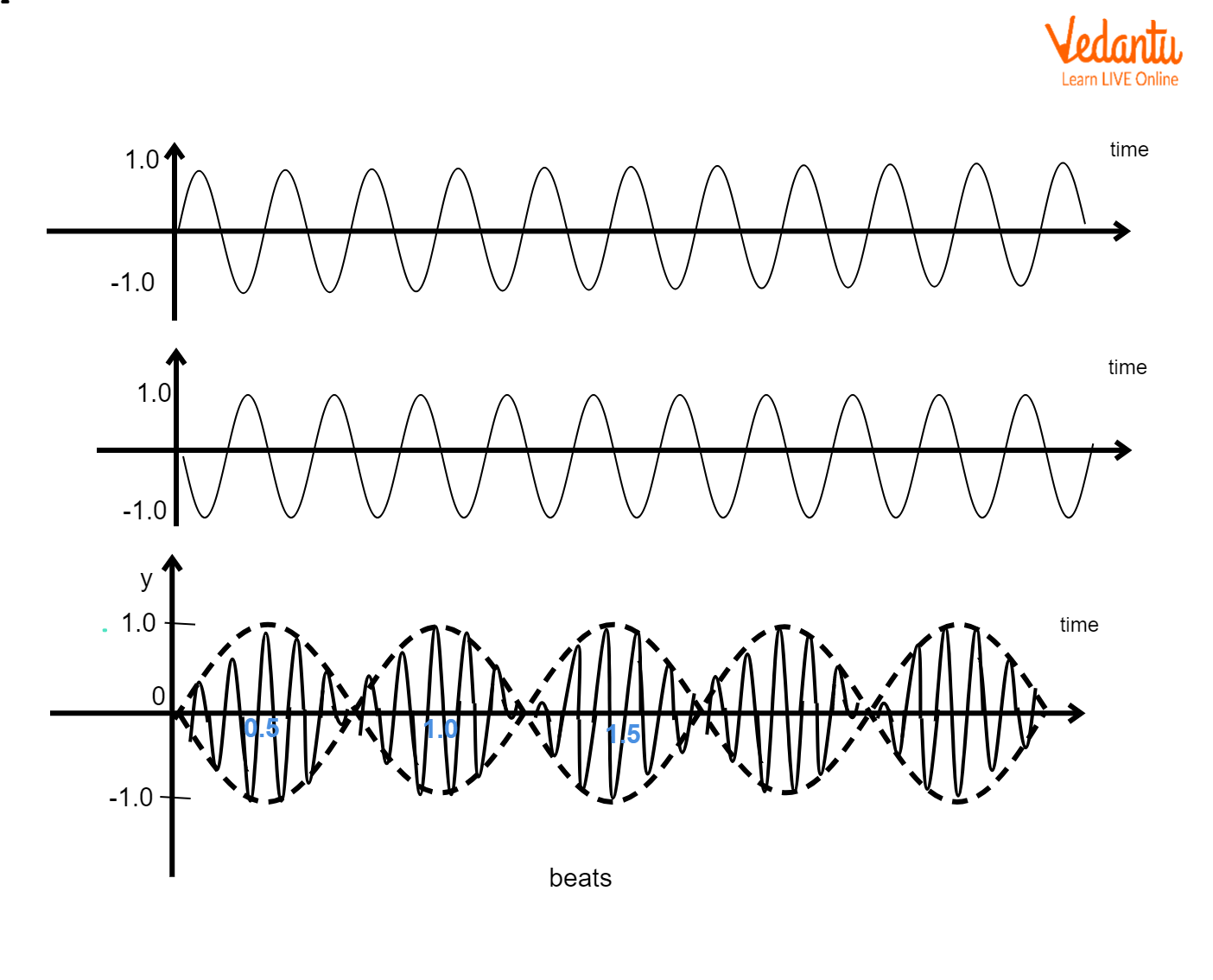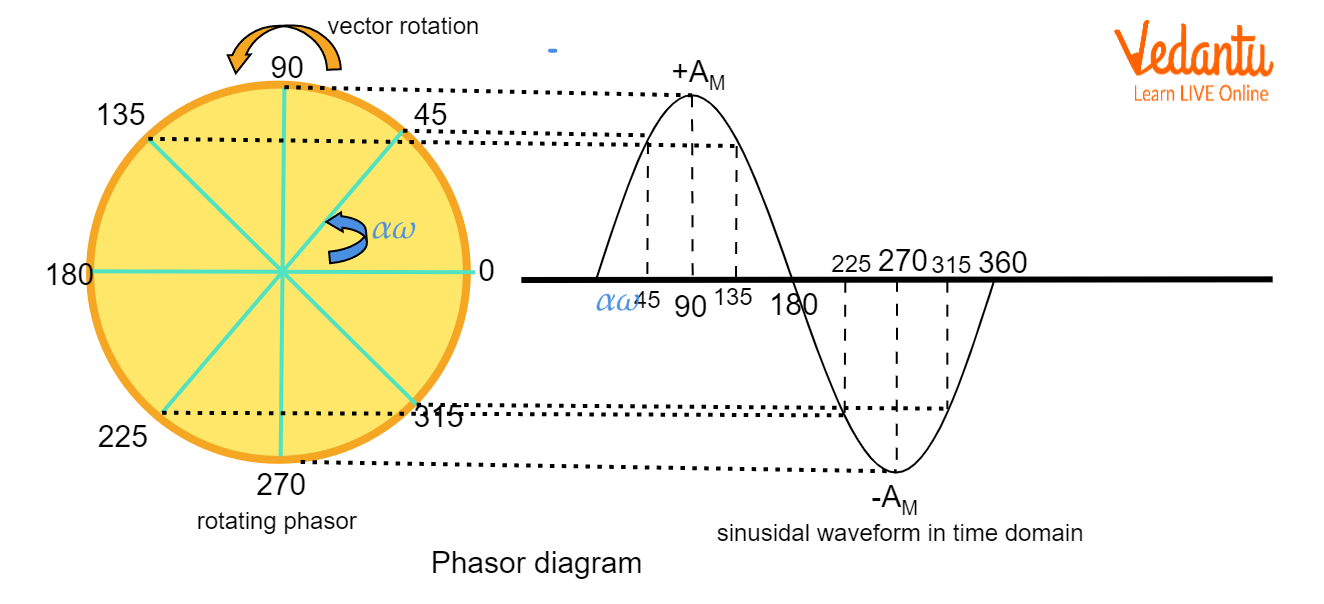




What is Simple Harmonic Motion?
Simple harmonic motion or SHM is an oscillatory type of motion in which the particle or body is continuously subjected to a retarding force which is proportional to the displacement of the particle from the equilibrium position. Some examples of simple harmonic motion are the pendulum, swing, car shock absorber, sound waves, and much more.
Talking about SHM in sound waves, we can visualise a wave in which at each point, a particle is performing SHM from its equilibrium position. The resulting pattern of SHM gives waves. Now, let us take a scenario in which two waves approach each other and get joined. In that case, we get a new wave. This process is called the superposition of SHM. Superposition of SHM implies the algebraic sum of two or more waves to get a final wave. Depending upon the wavelength, amplitude, and frequency, the final wave can be stronger or weaker or it can be a beat.
Principle of Superposition of SHM
According to the principle of superposition of SHM, the resultant displacement of a number of waves in a medium at a particular point is the vector sum of the individual displacements produced by each of the waves at that point.
Suppose that there are n waves
When all such waves superimpose, we get a resultant wave as
A wave equation is of the form
Superposition can be visualised by a wave on a stretched string. Suppose two waves flowing towards each other on a stretched string. When they touch each other, a new wave is formed. That new wave is the superimposed wave.
Superposition of Two SHM with Same Frequency
Consider two waves having the same angular frequency.
According to the superposition principle, the resultant wave is given by
Use the trigonometric formula
Comparing both sides, we get,
Squaring and adding both the above equations, we will get
And, dividing the second equation by the first one, we will get
Superposition of Two SHM with Different Frequency
Consider two waves having different angular frequencies
According to the superposition principle, the resultant wave is given by
Now, here we will use the trigonometric identity
The new wave equation will be
This oscillatory motion has angular frequency of
Clearly, the amplitude of the oscillating motion is time-dependent. Such an amplitude is called modulated amplitude
Beats
In the above case, we see that the frequencies of the waves are different. When there is a difference in the frequencies, then this gives rise to beats. The general formula of beats is

Beats
Superposition of Three SHM
Consider three waves having equal phase differences
Using the principle of superposition of waves, the resultant wave equation will be
Now, expand the second step and the third step and compare
On comparing, we will get
Squaring and adding the two equations,
Divide the second equation by the first equation,
So, these equations will give us the amplitude and phase difference of the final wave.
Phasor Diagrams
The resultant of the interfering waves can also be found out by using the phasor diagram.
Suppose we have two wave equations

Phasor Diagram
The phase difference is
Similarly, we can find the resulting equations of more than two waves or up to N waves.
Conclusion
In waves, the particles at each and every point perform simple harmonic motion. That is why waves are the best example of simple harmonic motion. When two or more waves come in contact with each other, they join up and give a resultant wave. This process is called the Superposition of waves or Superposition of simple harmonic waves.
The nature of resulting waves depends upon the type of waves interfering with each other. If the waves have the same frequencies but different amplitudes, then the resulting wave also has the same frequency but the resulting amplitude is the vector sum of the waves. If the amplitudes are the same but frequencies are different, the result is the formation of beats. Similarly, we can find the resulting equations of more than three interfering waves or up to N interfering waves.






FAQs on Superposition of SHM (Simple Harmonic Motion) for JEE
1. When does the resulting wave have the greatest amplitude and when does it have the smallest amplitude?
The formula of the amplitude of the resulting wave is given by
In this formula, all the amplitudes have constant values but the varying parameter is
2. When two waves superimpose, what is the condition of the formation of a beat?
When two waves superimpose, their frequencies need to be different. But the difference should be less than


















